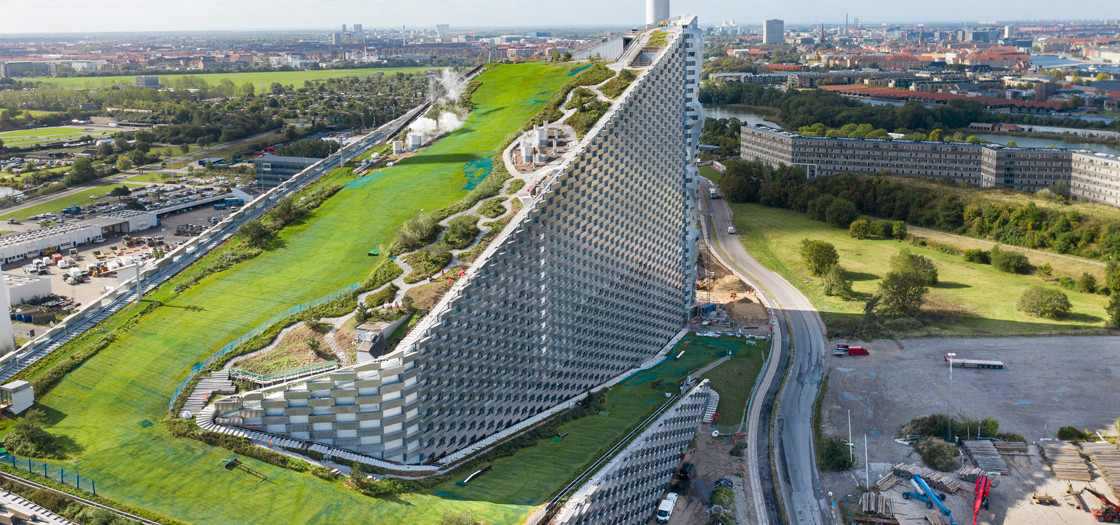BLOG: Infrastruktur-Asset-Management
Is my city livable? Breaking down social infrastructure
Do you enjoy traveling? I significantly do because of cultural diversity and research routines of local inhabitants. I also found particular cities more convenient, whereas others had limited walking opportunities, public transportation, or urban planning. Comfort for inhabitants is livability that is achieved due to effective social infrastructure. I will break down social infrastructure and how it can improve and lessen our quality of life.
Social infrastructure surrounds us everywhere. Moreover, we interact with it on a daily basis. Healthcare facilities, schools, sports venues, safety areas, public transportation, and entertainment opportunities belong to social infrastructure. Unfortunately, this field of infrastructure is often neglected as it does not produce any direct financial benefit as energy or sewage infrastructure. Horacio Terraza, Lead Urban Specialist at the World Bank, disagrees, “The urban space determines how we organize our lives and our communities, and most definitely, our society.” He proceeds to say that infrastructure even reflects social inequalities and the gap we live with. For instance, most cities in the world are designed to omit women’s needs, leading to public parks without lighting and sidewalks in poor conditions that complicate mothers’ lives who usually walk with baby strollers. Once, I traveled to Ankara, Türkiye, and had to walk 15 minutes from the closest train station to my apartment through the highway without lighting. Unforgettable experience.
The urban space determines how we organize our lives and our communities, and most definitely, our society.
Horacio Terraza, Lead Urban Specialist at the World Bank
However, social infrastructure is a prerequisite for the country’s well-being and long-term success. The study in South Korea reveals that more investments in social infrastructure and services lead to higher productivity and an increase in male and female employment, closing the gender gap simultaneously. Why does it happen? Because people have substantial support from the government: they gain a diploma in demanded field, their children are under childcare, ill relatives receive high-quality care in medical institutions, etc. An excellent example of a well-designed social infrastructure is public restrooms on highways in Poland. They are free to use and have access to people with disabilities. What’s more, they are persistent, like every 10 kilometers. Unlike Germany, where accessible public restrooms are rare and using toilets at gas stations also has charges. Still, it’s worth remembering that we are still paying for restrooms in Poland as main highways there are charged through the toll system. As we see, social infrastructure can be our relief even in such minute things as having a stop during the long road, but, eventually, lead to a greater good.

I cannot disagree that achieving a utopian social infrastructure is highly demanding because it requires urban redesigning, lots of resources, and implementing the latest developments. But is it possible at all? Yes, and the case of Copenhagen, Denmark, is exemplary. In the 1980s, Copenhagen stagnated with a 17.5% unemployment rate, an aging population, and an abandoned housing market. City started its revolutionary approach by integrating green infrastructure. Have you seen their buildings with gardens on the roof? Yes, gardens on roofs are mandatory. Copenhagen also prioritizes the health of inhabitants in a preventative manner by building sports parks, reducing carbon emissions, implementing social programs to improve mental health, and, of course, cycling. No wonder the city has been one of the most livable for a couple of years in a row.
Social infrastructure is undoubtedly crucial for me and you and us as a society. Not only does it create opportunities for our enhanced life quality, but it also reflects our social development and country’s well-being. Investments in this infrastructure are highly underestimated because they have the opportunity to improve productivity and influence climate change from the foundation – people. So, is your city livable?
Iryna Nykoriak
Published 09.02.2023
Also may interest you: DIGITALIZATION AS THE FUTURE OF ASSET MANAGEMENT: CASE OF DIIA
Tags: climate change, infrastrcture, renewable energy, social infrastructure
